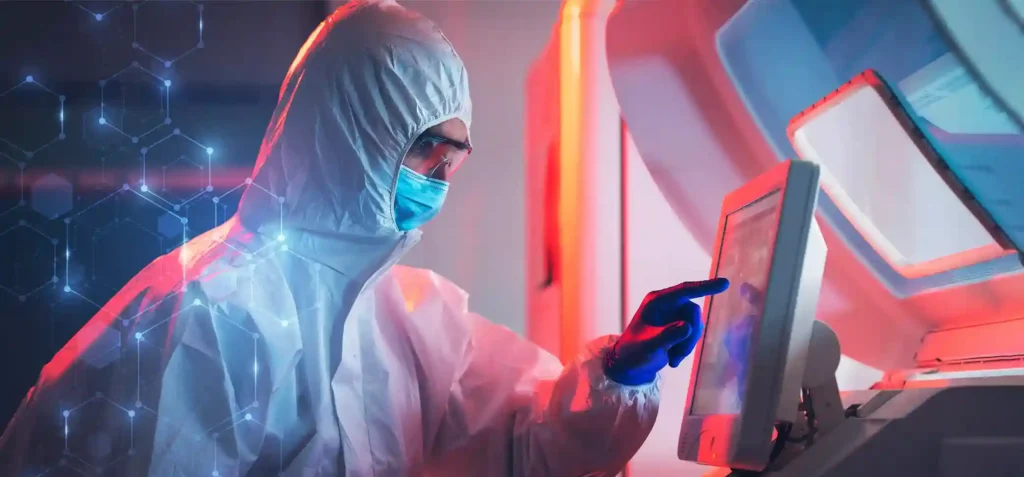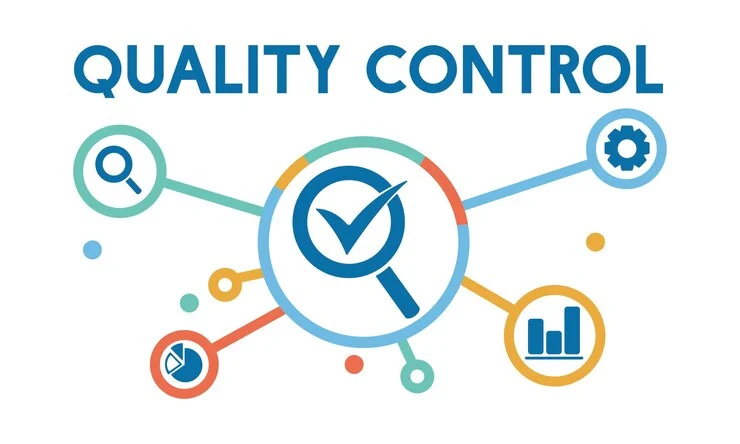Introduction
Pharmaceutical quality control has always been a critical aspect of drug manufacturing. With increasing global regulations and the need for precision, ensuring product safety and compliance has become more complex than ever. AI-based visual quality inspection is revolutionizing the industry by improving efficiency, reducing human error, and ensuring higher levels of accuracy. But how exactly does this technology work, and what does the future hold for AI in pharma? Let’s explore in detail.
Understanding AI-Based Visual Quality Inspection
What is AI-Based Visual Inspection?
AI-based visual inspection is a technology that utilizes machine learning and computer vision to detect defects in pharmaceutical products. It replaces manual inspection processes with automated systems that analyze images and videos in real-time, identifying issues with greater accuracy.
How It Works in Pharmaceutical Manufacturing
Pharmaceutical manufacturers integrate AI-driven cameras and sensors into production lines to monitor product quality. These systems capture high-resolution images of tablets, vials, and packaging, scanning for defects such as cracks, incorrect labeling, and contamination. By leveraging deep learning algorithms, AI continuously improves its detection capabilities.
The Role of Computer Vision in Defect Detection and Quality Assurance
Computer vision is at the core of ai-based visual quality inspection. Advanced algorithms analyze images at a microscopic level, detecting inconsistencies invisible to the human eye. These systems can differentiate between acceptable variations and true defects, ensuring that only products meeting strict quality standards reach the market.
The Role of AI in Pharma Quality Control
Why Traditional Quality Control Methods Fall Short
Manual inspections are time-consuming, prone to errors, and inconsistent. Human inspectors can become fatigued, leading to overlooked defects. Traditional automated systems, such as rule-based vision inspection, struggle with complex defects and variations in manufacturing processes.
The Advantages of AI-Driven Inspection
AI-based visual inspection offers several advantages:
- Higher Accuracy: AI detects even the smallest imperfections.
- Consistency: Unlike human inspectors, AI doesn’t experience fatigue.
- Speed: AI can analyze thousands of products per minute.
- Scalability: AI systems adapt to various pharmaceutical products and manufacturing conditions.
The Evolution of AI in Pharma and Its Growing Adoption Worldwide
Pharma companies are increasingly adopting AI to streamline quality control. The industry is moving towards smart manufacturing, where AI-driven inspection is integrated with predictive analytics to prevent defects before they occur.
How AI-Based Visual Inspection Works
Data Collection and Preprocessing
AI systems rely on vast amounts of data to function effectively. High-resolution images are collected from production lines, annotated to identify defects, and used to train machine learning models. Data preprocessing ensures AI can detect micro-level defects with high precision.
Machine Learning and Deep Learning Models
Neural networks power AI-based inspection by learning from past data. These models analyze patterns, detect anomalies, and make real-time decisions. Over time, AI refines its ability to differentiate between defects and acceptable variations.
Integration with Manufacturing Systems
AI-driven inspection systems seamlessly integrate with existing production lines. Automated alerts notify operators when defects are detected, enabling quick corrective actions. AI reduces human intervention, minimizing errors and improving overall efficiency.
Benefits of AI-Based Visual Inspection in Pharma
Improved Accuracy and Efficiency
AI ensures that even the tiniest defects are detected, preventing substandard products from reaching the market. It eliminates false positives and false negatives, making quality control more reliable and efficient.
Cost Reduction in Quality Control
By reducing defects, AI helps pharma companies save on production costs. Automated inspection lowers labor costs and minimizes recalls, leading to significant long-term savings.
Compliance with Regulatory Standards
Regulatory bodies like the FDA and EMA are encouraging AI adoption in pharma. AI simplifies compliance by automating documentation, audit trails, and reporting, ensuring that companies meet industry regulations effortlessly.
Challenges in AI-Based Visual Inspection Implementation
High Initial Investment
While AI systems offer long-term benefits, the initial investment in hardware, software, and training can be high. However, ROI improves as AI-driven quality control reduces waste and enhances efficiency.
Data Security and Privacy Concerns
With AI systems handling sensitive pharmaceutical data, cybersecurity becomes a priority. Companies must comply with data protection laws and implement measures to safeguard proprietary information.
Need for Skilled Workforce
AI-driven systems require trained personnel to operate and maintain them. Upskilling employees and fostering collaboration between AI and human inspectors are essential for successful implementation.
Real-World Applications of AI-Based Visual Inspection
Detecting Contaminations in Drug Manufacturing
AI detects impurities in pharmaceutical products by analyzing microscopic details. This ensures that only safe, contamination-free medicines reach consumers, enhancing drug safety.
Packaging and Label Inspection
Incorrect labeling can lead to severe consequences, including recalls and legal actions. AI verifies packaging integrity, ensures correct labeling, and prevents misprints, improving compliance.
Preventing Counterfeit Drugs
AI helps combat pharmaceutical fraud by analyzing packaging, serial numbers, and drug compositions. Advanced scanning techniques identify counterfeit medicines, securing the global supply chain.
The Future of AI in Pharma Quality Control
AI is continuously evolving, with emerging capabilities such as predictive maintenance and personalized medicine. Future AI-driven systems will not only detect defects but also predict potential issues before they occur, transforming pharmaceutical manufacturing into a proactive, rather than reactive, industry.
Conclusion
AI-based visual quality inspection is a game-changer in pharmaceutical manufacturing. It enhances accuracy, efficiency, and compliance while reducing costs and human error. As AI technology advances, its role in ensuring drug safety and quality will continue to expand. Pharma companies that embrace AI today will lead the industry tomorrow, setting new standards for precision and reliability. For further inquiries or a demo, you can Contact Trident Information Systems. Stay ahead of the innovation curve! Follow our LinkedIn page for the latest insights and updates on how AI-Powered Visual Quality Inspection are revolutionizing The industry.
FAQs
- How does AI-based visual quality inspection improve drug safety?
AI enhances drug safety by detecting defects, ensuring precise measurements, and maintaining consistency in production. It minimizes human errors and prevents defective products from reaching consumers. - Can AI completely replace human quality inspectors in pharma?
While AI significantly reduces the need for manual inspection, human oversight is still essential. AI works best when combined with human expertise to validate complex decisions and handle unforeseen challenges. - What challenges do pharma companies face when adopting AI-based inspection?
Pharma companies often struggle with high implementation costs, data privacy concerns, and the need to train employees to use AI systems effectively. Overcoming these barriers requires careful planning and long-term vision. - How does AI ensure compliance with pharmaceutical regulations?
AI helps maintain compliance by automating documentation, tracking production metrics, and ensuring real-time reporting. It also assists in meeting stringent regulatory standards set by authorities like the FDA and EMA. - What are some real-world examples of AI-based visual quality inspection in pharma?
Many pharmaceutical companies use AI for impurity detection, automated labeling verification, and counterfeit drug prevention. These applications have drastically improved efficiency, safety, and regulatory compliance.



